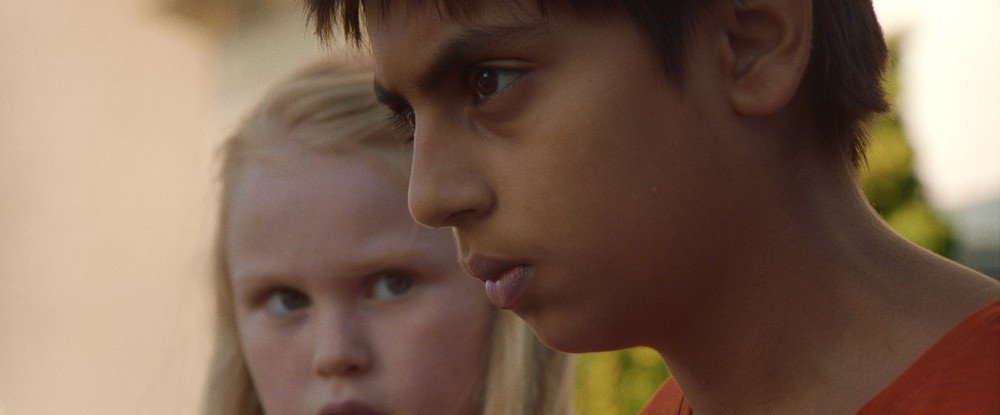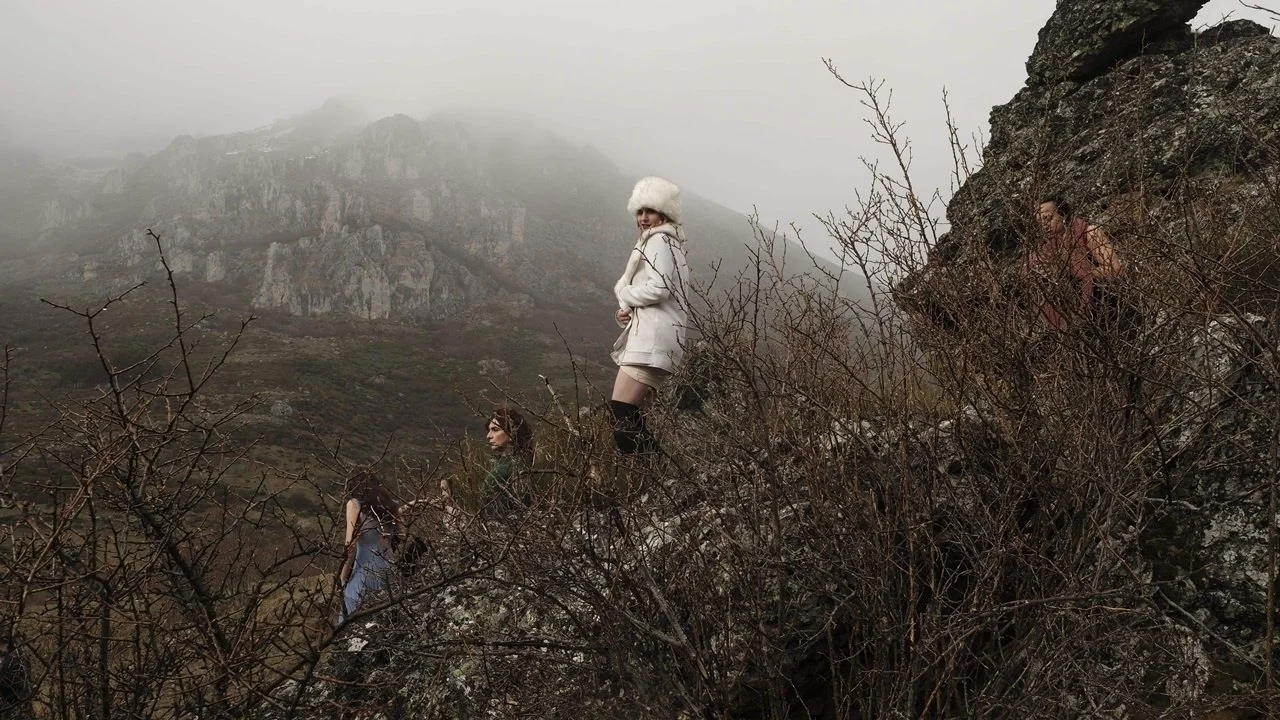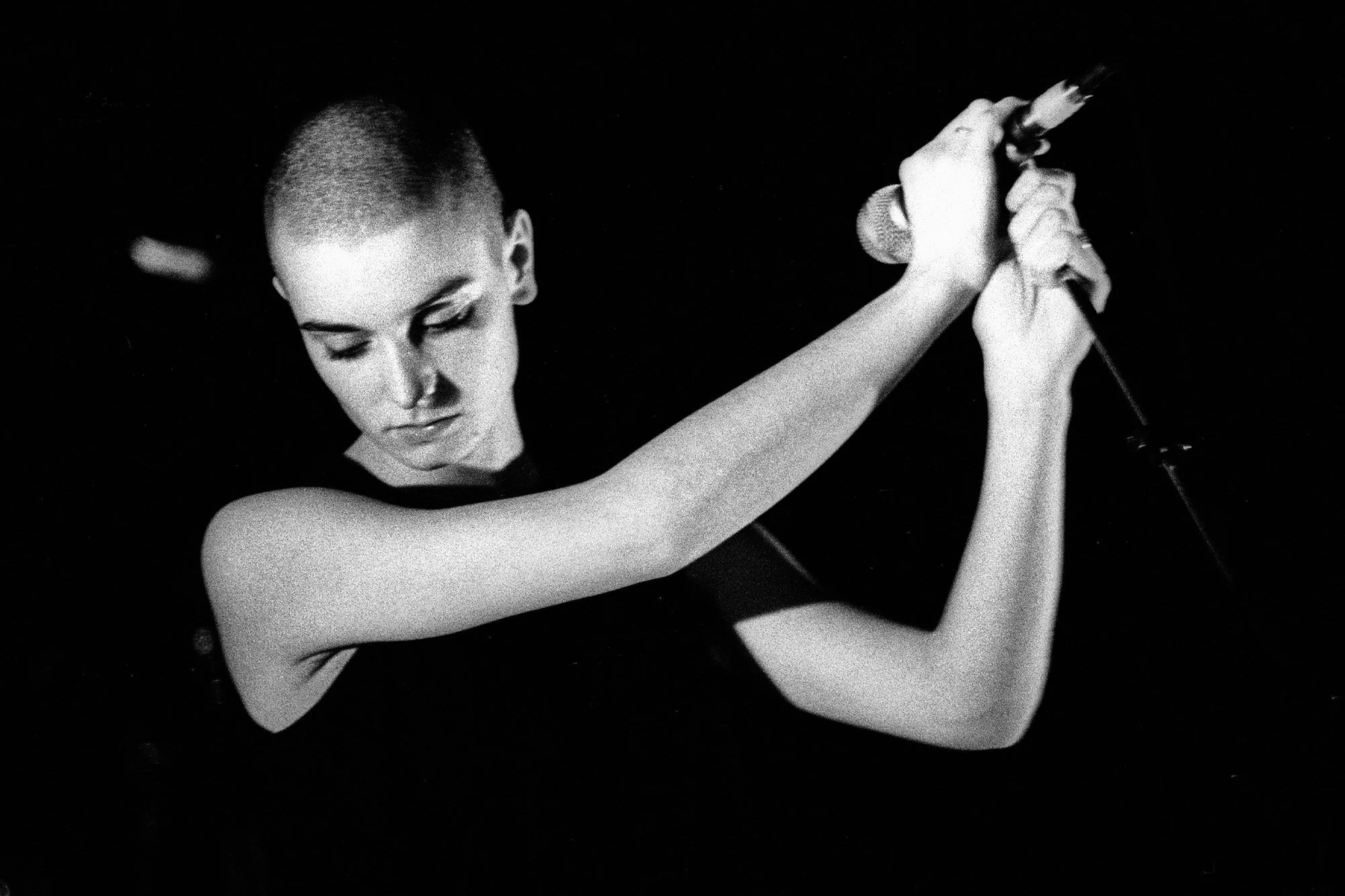CHIP 'N DALE: RESCUE RANGERS
Directing: B-
Acting: B+
Writing: B-
Cinematography: B
Editing: B-
Animation: B
I went back and forth as to whether I would even review this movie, my reaction to it was so . . . lackluster. I daresay I was disappointed, but that’s not entirely the movie’s fault: I let people whose opinions I respect convince me to expect something far better than it was.
The common comparison is to Who Framed Roger Rabbit?, the groundbreaking film blending live action and animation in 1988, now a marvel also because of its unique blend of both Warner Brothers and Disney cartoon properties. Chip ‘n Dale: Rescue Rangers is also packed with cultural references, not all of them Disney—but I didn’t notice any Warner Brothers cartoons.
I even heard someone call this movie a new “classic,” and that was really what finally cinched my decision to fire up Disney+ and watch it. A “classic,” this movie is not. If you want to see what a classic really is, just watch Who Framed Roger Rabbit?, right there on that same streamer. It’s a far, far superior film. Not only that, but it’s a period piece and it holds up: that film could have been released today and it still would have impressed.
Plus, it’s packed with both verbal and visual gags that are far quicker and far smarter than the ones peppered in Chip ‘n Dale. To be fair, the original Chip ‘n Dale: Rescue Rangers TV show that ran on the Disney Channel from 1989 to 1990 was not something I ever saw, and nostalgic fans of the show will likely delight in this film and how it trades on that nostalgia. I can understand that much, and appreciate the conceit in this film, in which the characters are the chipmunk actors who played Chip ‘n Dale in the TV show over thirty years ago, and are now a bit washed up. Chip (John Mulaney) works as an insurance agent (“Coercive Insurance” being one of my favorite subtle gags). Dale (Andy Samberg) is attending fan conventions to sign autographs—something that provides ample opportunity for the presence of many other kids’ programming character cameos.
Their friend and former coworker Monterey Jack (Eric Bana) finds himself kidnapped by a shady organization that alters cartoon characters for the purpose of overseas bootlegging, itself a running gag that runs kind of stale, and thus the estranged Chip and Dale reteam in order to attempt a real-life rescue.
It should be noted that the Chip and Dale characters speak with regular voices, not the high-pitched, sped-up voices of their “characters.” This film is filled with meta jokes about “making it” in Hollywood (or not), as well as the seedy side, and has some surprisingly adult jokes that little kids won’t understand: “Now he can’t have kids.” There’s a fun sequence on “Main Street” in which we discover the seedy underbelly of Hollywood toons, who push things like cheese as though they are drugs (Monterey Jack has a problem).
My main criticism is that not all of the gags land, and sometimes there is too much time spent between the gags for things like exposition or character development. I’m sorry to keep coming back to Who Framed Roger Rabbit?, but that film expertly blended all of those things with its clever humor, and often Chip ‘n Dale goes for easy rather than clever humor. Admittedly, it did get me to laugh out loud a few times.
The overall sense I got from Rescue Rangers, however, was one of a “direct to streamer” movie—and I mean of the sort that was typical before the pandemic. We now can get true quality films direct from streamers, but what Chip ‘n Dale is, is . . . fine. I can’t muster enough enthusiasm to think of it as something to get excited about, and that’s what disappoints me. I had hoped that, at the very least, I could tell people you don’t have to be familiar with the original Disney Channel show for this movie to come highly recommended. Instead, I think perhaps you do need to have seen the show. I have no connection to it, so, in spite of this movie’s many pop culture references, it just didn’t land the way I wanted it to.
At the very least, I will compliment the voice work: John Mulaney and Andy Samberg are great; as are the vast supporting cast of characters, including J.K. Simmons as the police “Captain Putty”; Will Arnett as “Sweet Pete,” an overweight, grown-up Peter Pan; and even Flula Borg as “DJ Herzogenaurach.” We also get Dennis Haysbert as Zipper; Seth Rogen as several characters; and Tim Robinson as “Ugly Sonic,” playing on a notorious internet controversy that no one knows about, and I am unconvinced will be as hilarious as intended for those who do.
Basically, Chip ‘n Dale: Rescue Rangers is entertaining enough, for something to watch at home with the family. It just fell short of what I wanted or expected.
Did I mention that Dale got “CGI” surgery? Hilarious!
Overall: B-










